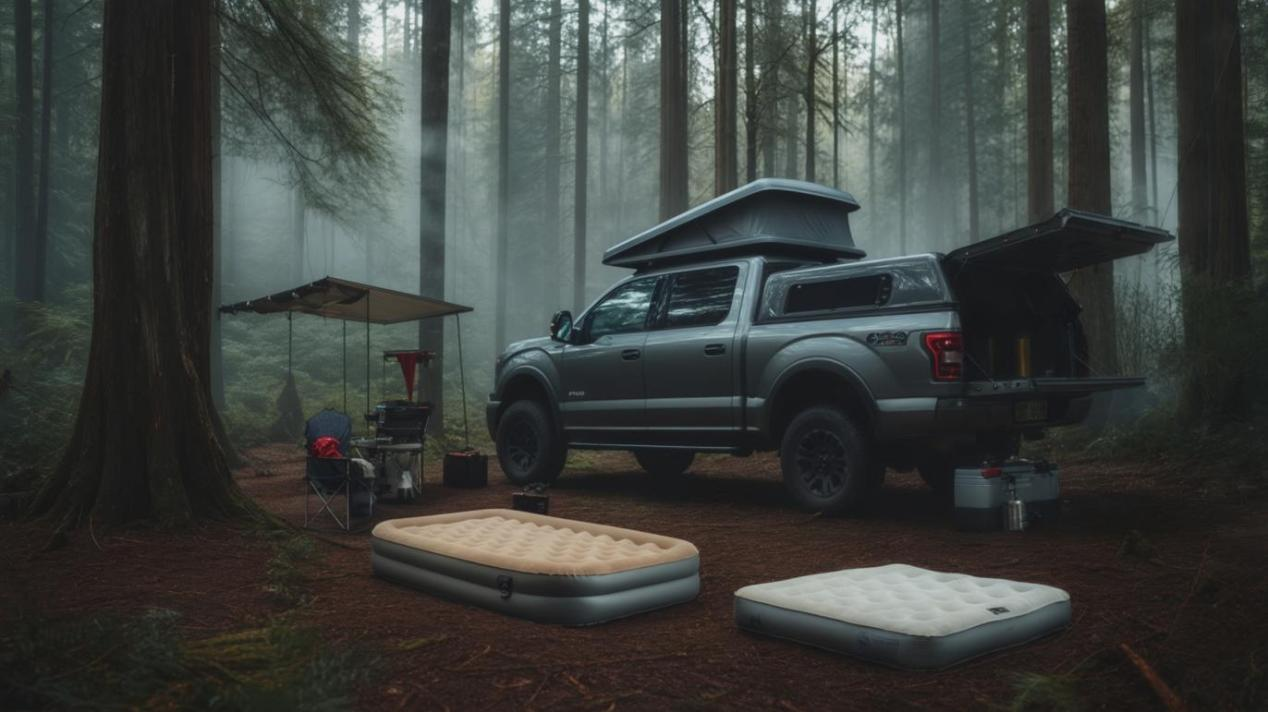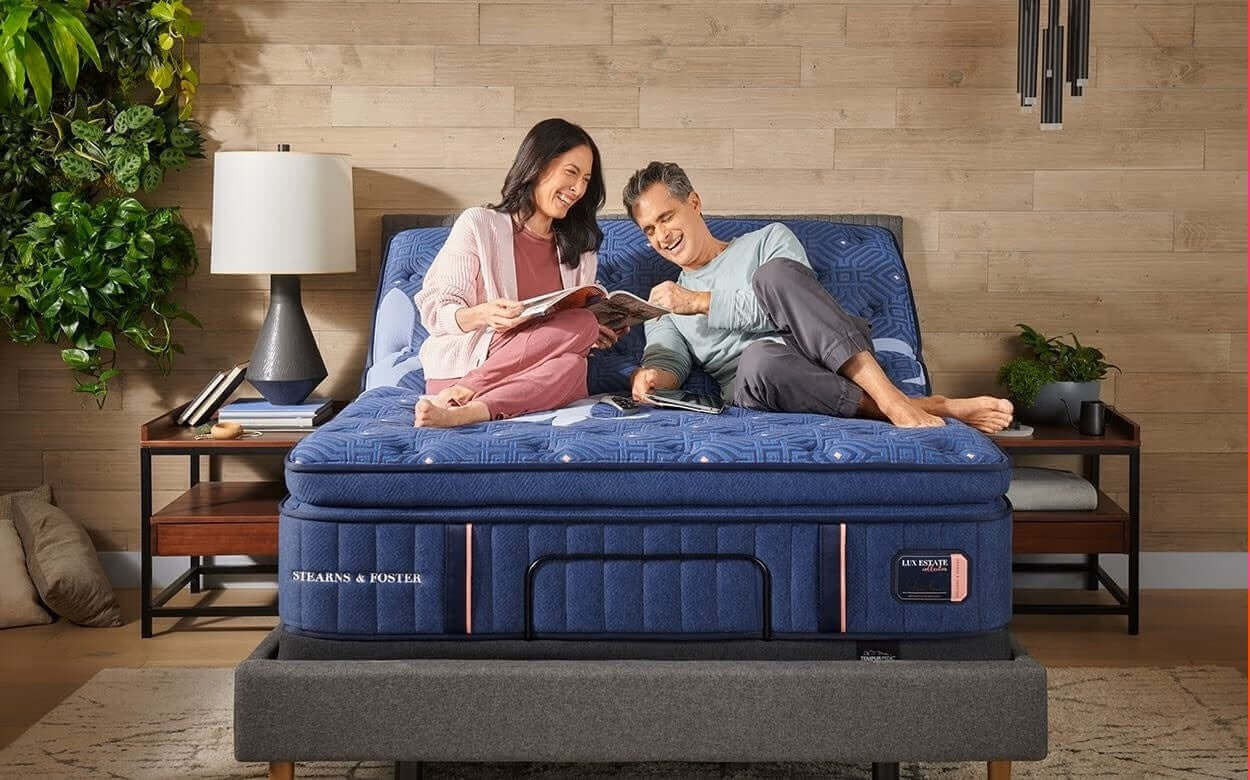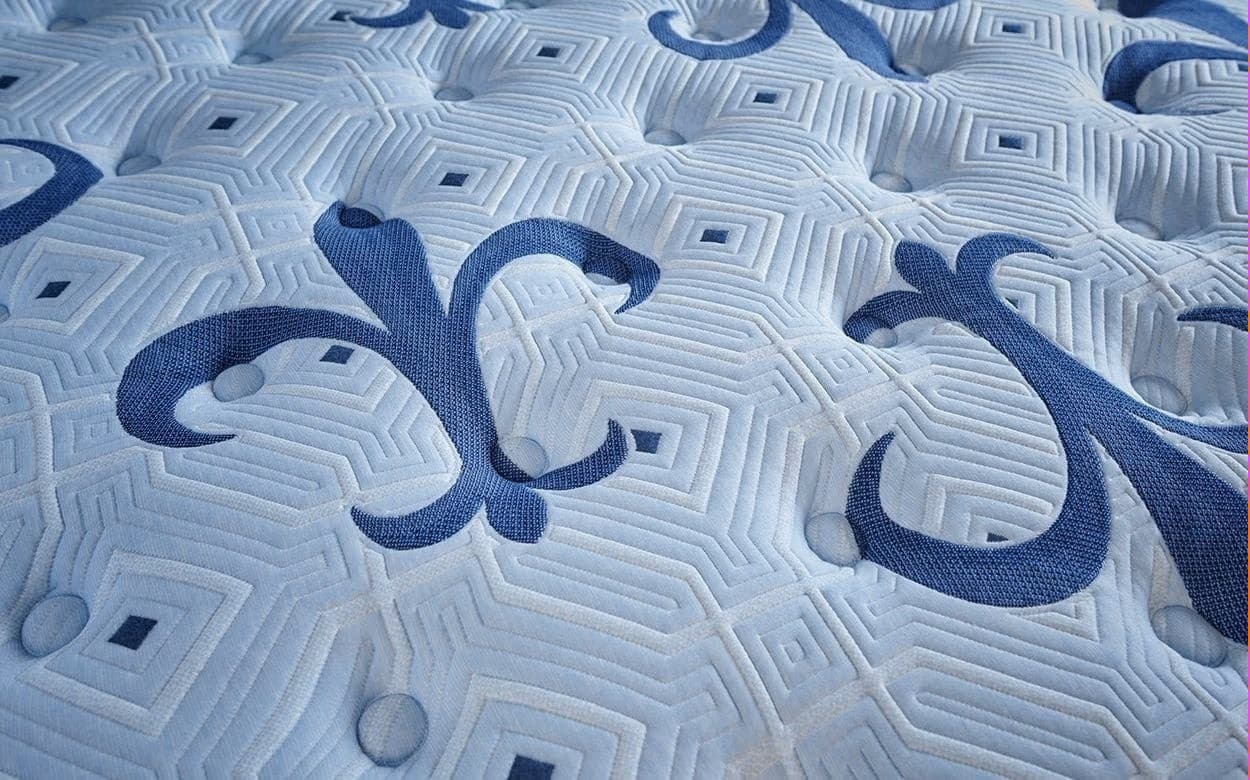Road trips and truck camping are about freedom the open road, quick overnight stops, and the ability to sleep practically anywhere. But freedom loses its charm fast when you spend a night on a lumpy, cold surface. An air mattress designed for camping or vehicle use turns your truck bed, van, or tent into a comfortable, sheltered bedroom.
This guide walks through the best air mattress options for road trips and truck camping (inflatable and self-inflating), how to pick one, and which models serve different needs from ultralight solo trips to couples wanting a queen-like sleep setup.
Table of Contents
- Introduction
- Key Takeways
- Who this guide is for
- Picking the Right Air Mattress
- Visual snapshot
- Side-by-side comparison table
- Product reviews
- Types of Air mattresses explained
- Sizing, truck-bed fit tips & setup checklist
- Packing tips for long trips
- Conclusion
- FAQs
Key Takeaways
- Choose an air mattress for road trips/truck camping based on fit (truck bed/tent footprint), warmth (R-value), thickness/support, and inflation method.
- Exped MegaMat Duo is a top luxury option for truck/van camping when comfort and insulation matter most.
- Therm-a-Rest NeoAir line is best for lightweight/compact road trippers who may prioritize packability.
- Budget or quick solutions like Sound-asleep and Intex Dura-Beam deliver easy inflation and good value for short trips.
- For couples or full-bed setups in truck shells or camper vans, look at double / long-wide pads (Exped, REI Camp Dreamer, Exped Duo).
Who this guide is for
- Truck campers who sleep in the bed or shell and need a mattress that fits the footprint and handles rough surfaces.
- Van lifers / camper vans looking to upgrade a foam platform with an inflatable topper or full mattress.
- Road trippers & car campers who want fast setup in a tent or backseat.
- Couples who want a double/duo pad that doesn’t separate in the middle.
- Minimalists / solo backpackers seeking compact, lightweight pads for weekend road trips.
Picking the Right Air Mattress
- Below are the evaluation factors I use across the products featured in this guide.
- Fit & footprint measure your truck bed/cabin floor/tent; many camping pads come in “long wide” or “duo” sizes for two people.
- Thickness & support thicker pads (>3–4″) feel more like a bed and prevent “bottoming out” on hard truck floors.
- Warmth / R-value critical for cooler nights. Insulated self-inflating pads like Exped offer high R-values and year-round comfort.
- Portability & weight if you’ll carry the pad into remote sites, weight/packed size matters (Therm-a-Rest NeoAir excels here).
- Inflation method built-in pump, electric pump (car adapter), self-inflating, or mouth/hand pump. Choose by campsite access and convenience.
- Durability & material truck beds can have rough patches; thicker material and reinforced bottoms last longer.
- Price & warranty premium comfort costs more; budget options are fine for occasional trips.
Visual Snapshot
Below is an illustrative chart that compares Support vs Contouring for five popular options (Exped MegaMat Duo, Therm-a-Rest NeoAir, REI Camp Dreamer, Sound-asleep Camping, Intex Dura-Beam). The scores are aggregated impressions from expert reviews and field testing summaries to show relative strengths. Interpret it as a quick visual guide.

Side-By-Side Comparison Table
|
Model |
Type |
Thickness |
Best for |
Notes |
|
Exped MegaMat Duo |
Self-inflating foam + air |
4" (varies by model) |
Truck/van comfort, couples, cold nights |
High R-value, premium comfort; heavier & pricier. |
|
Therm-a-Rest NeoAir (XLite/NXT) |
Inflatable ultralight pad |
~1.5–3" (varies) |
Packability, solo/road trips |
Extremely light and compact; less plush but great for portability. |
|
REI Camp Dreamer Double |
Self-inflating / air hybrid |
3–4" |
Couples, tent/van setups |
Good balance of comfort and value; available in double size. |
|
SoundAsleep Camping Series |
Air mattress (camping line) |
3–4" |
Budget car camping & short trips |
Easy inflation; budget-friendly with decent comfort. |
|
Intex Dura-Beam |
Basic air mattress |
6–9" (household sizes) |
Short trips, spare, car trunk |
Cheap, available everywhere; moderate durability and insulation. |
Product Reviews
1. Tempur-Pedic TEMPUR-Ergo 3.0 Power Base
Overview:
The TEMPUR-Ergo 3.0 is a premium adjustable bed base engineered for customizable sleep comfort. It supports multi-angle head/foot adjustment, lumbar support, massage features, anti-snore preset (QuietMode), built-in USB/USB-C ports, and underbed lighting. The base is backed by a 25-year limited warranty and is marketed as compatible with all Tempur-Pedic mattresses.
Key Features:
- Head & foot lift to achieve various ergonomic positions.
- Adjustable lumbar support (raises up to ~6 inches) to reinforce the lower back.
- 1-zone massage with three intensity settings.
- Quiet Mode anti-snore tilt and Zero Gravity preset for elevation comfort.
- USB & USB-C ports on each side, LED under-bed lighting, and adjustable leg heights.
Pros & Cons:
|
Pros |
Cons |
|
Offers extensive adjustability (head, foot, lumbar). |
High cost, premium price tag. |
|
Massage, USB charging, and lighting built in. |
Adds complexity and more parts that could fail over time. |
|
Quiet Mode and Zero Gravity presets enhance comfort. |
May require additional frame or mattress compatibility checks. |
|
Backed by a 25-year limited warranty. |
Heavier and bulkier than simpler bases. |
|
Sleek design with modern features (ports, lighting). |
Repair or replacement parts may be costly or harder to source. |
2. Ergo-Pedic Solutions II Adjustable Base
Overview:
The Ergo-Pedic Solutions II is a mid- to high-end adjustable bed foundation offering motorized head and foot movements, memory preset positions, and remote control features. It accommodates a high weight capacity (up to 800 lbs) and supports multiple bed sizes including split options.It’s positioned as a flexible base that combines comfort customization with a refined aesthetic (linen/anti-slip fabric).
Key Features:
- Motorized head and foot adjustability with ability to move both simultaneously.
- Wireless remote with built-in flashlight and programmable presets (for favorite positions).
- High weight capacity supporting up to 800 lbs across all sizes.
- Elegant finish: linen + anti-slip fabric, soft edge design.
- Warranty: 10-year limited (first 2 years full, years 3–10 pro-rated).
Pros & Cons:
|
Pros |
Cons |
|
Versatile adjustability (head/foot, simultaneous motion). |
Pricier than basic adjustable foundations. |
|
Memory presets + wireless remote with flashlight. |
Warranty after year 2 is pro-rated. |
|
Strong weight capacity (800 lbs). |
Motorized parts add complexity and possible maintenance needs. |
|
Stylish materials and anti-slip design. |
May require matching mattress compatibility (flexible foundation needed). |
|
Available in many sizes including split options. |
Heavier and bulkier to install than simpler bases. |
Types of air mattresses explained
- Air-only mattresses: Inflatable chambers. Lightweight models focus on low price and easy inflation. Pros: inexpensive, thick feel. Cons: poor insulation unless paired with a sleeping pad.
- Self-inflating hybrid pads: Foam core + air chamber (Exped, REI Camp Dreamer). Pros: comfortable, insulating, mattress-like. Cons: heavier.
- Backpacking air pads (ultralight): Very light and compact (Therm-a-Rest NeoAir). Pros: portability, good R-values for packable pads. Cons: less plush for sleeping on hard truck beds.
Sizing, truck-bed fit tips & setup checklist
Measure first: length, width, wheel-well intrusions, and height constraints in your truck bed or van platform. Many pads come in long/long-wide sizes to fit trucks.
Truck bed tips
- Use a thin plywood or bed-liner to create a flat platform if the bed has ridges.
- Place a moving blanket or foam layer under the inflatable to protect it from punctures.
- For open beds, consider a fitted truck bed air mattress with tailgate anchor straps or use a shell/topper for weather protection. (There are truck-specific inflatable mattresses sold by aftermarket vendors.)
Inflation checklist
- Bring a 12V adapter electric pump (useful for powered inflators on the road).
- If using self-inflating pads, bring a small pump sack for topping up and a repair kit.
- Pack a ground tarp to protect the mattress and reduce moisture transfer.
Packing tips for long trips
- Patch kit: always carry the included repair kit + seam tape. Small punctures are common around truck hardware or gravel.
- Warmth: combine insulated pad or closed-cell foam under a thin air mattress for colder nights.
- Cleaning: wipe with mild soap and dry thoroughly. Store slightly inflated in cool, dry place if long term.
- Storage: avoid long-term compression of foam hybrid pads roll but don’t leave completely compressed for months.
Conclusion
- If you prioritize sleep like at home (truck/van camping, couples, cold nights): Exped MegaMat Duo mattress-like comfort and excellent insulation, at the tradeoff of weight and cost.
- If you want compactness and occasional hikes on a road trip: Therm-a-Rest NeoAir superb packability and solid thermal performance for its class.
- If you need a double pad for tent or van/cab use at midprice: REI Camp Dreamer Double balanced performance for couples.
- If you want value, quick inflation and a budget price for short trips: Sound-asleep or Intex good for casual campers or backup solutions.
FAQs
1. Can I use a home air mattress in the back of a truck?
Yes but most home air beds lack insulation and rugged fabric. They work for short trips, but for repeated truck camping choose a pad rated for outdoors or protect the mattress with a tarp and a foam underlayer.
2. What's R-value and why does it matter for truck camping?
R-value measures thermal resistance (warmth). Higher R-value pads resist ground cold better essential if you sleep outdoors in cool conditions. Self-inflating pads and foam hybrids generally have higher R-values.
3. Are self-inflating pads safer in cold weather than inflatable pads?
Generally yes. Self-inflating pads contain insulating foam that reduces heat loss; inflatable air pads can be insulated but often require reflectors or extra under-padding.
4. How durable are camping air mattresses on a truck bed?
Durability varies. Purpose-built camping pads use tougher fabrics and thicker bottoms. Avoid placing a pad directly on sharp/abrasive surfaces; use a protective layer beneath.
5. Can I inflate with a car 12V pump?
Yes many campers use a 12V inflator for convenience. Some pads include built-in pumps or recommend a specific pump sack. For quiet campsite prep, hand/foot pumps are alternatives.
6. What size mattress fits a standard truck bed?
Truck beds vary measure your bed length and width including wheel wells. “Long wide” and “queen” camping pads are common sizes; many manufacturers list dimensions for comparison.
7. Is an air mattress noisy when you move?
Some are (thin vinyl or bouncy surfaces). Foam hybrids and thicker self-inflating pads are quieter and feel more like a standard mattress.
8. Should couples buy two single pads or one double pad?
One double pad avoids a seam and mismatched firmness; many couples prefer a single double pad for stability (Exped Duo, REI Dreamer Double).
9. How do I repair a punctured air mattress on the road?
Use the patch kit with adhesive/patch provided by the manufacturer. Clean the area, let it dry, apply patch and press. Some emergency fixes use tape until you can apply a proper patch.
10. What's the best all-round pick if I can't decide?
For vehicle camping where comfort matters, the Exped MegaMat Duo offers the best compromise of warmth, comfort, and long-term durability but it’s an investment. For versatility and frequent hiking + road trips, a Therm-a-Rest NeoAir plus a small foam topper is a lighter, still-comfortable option.


